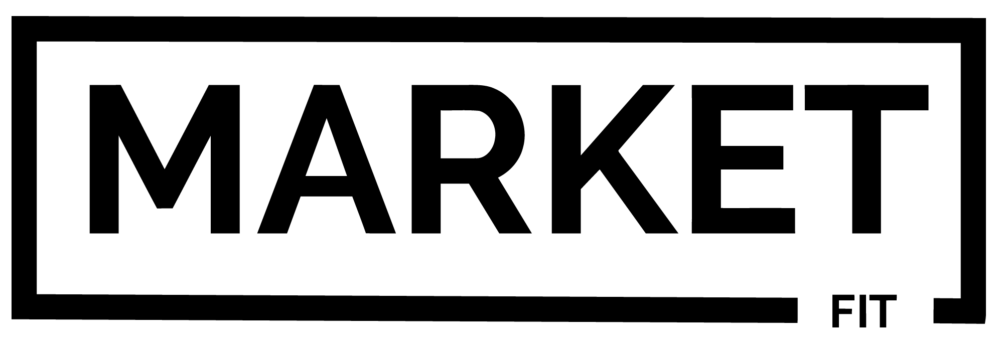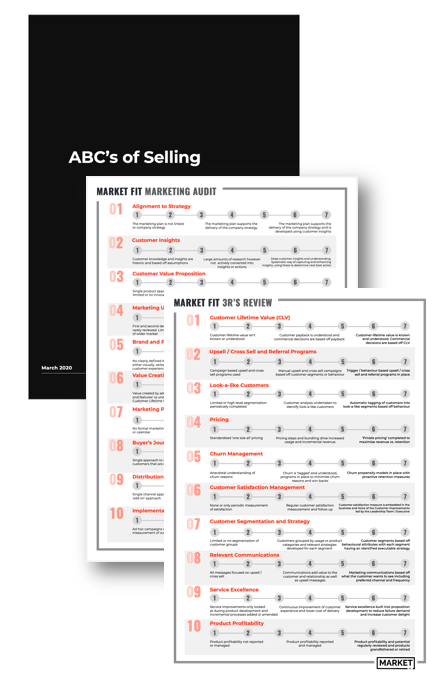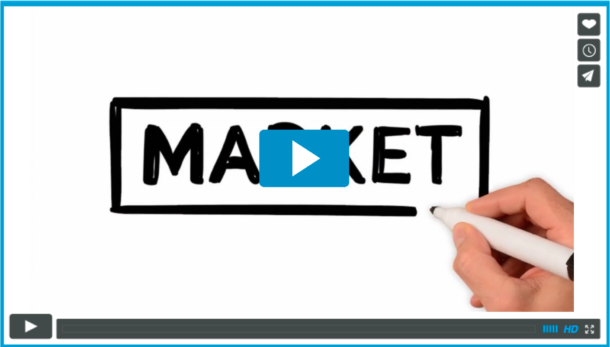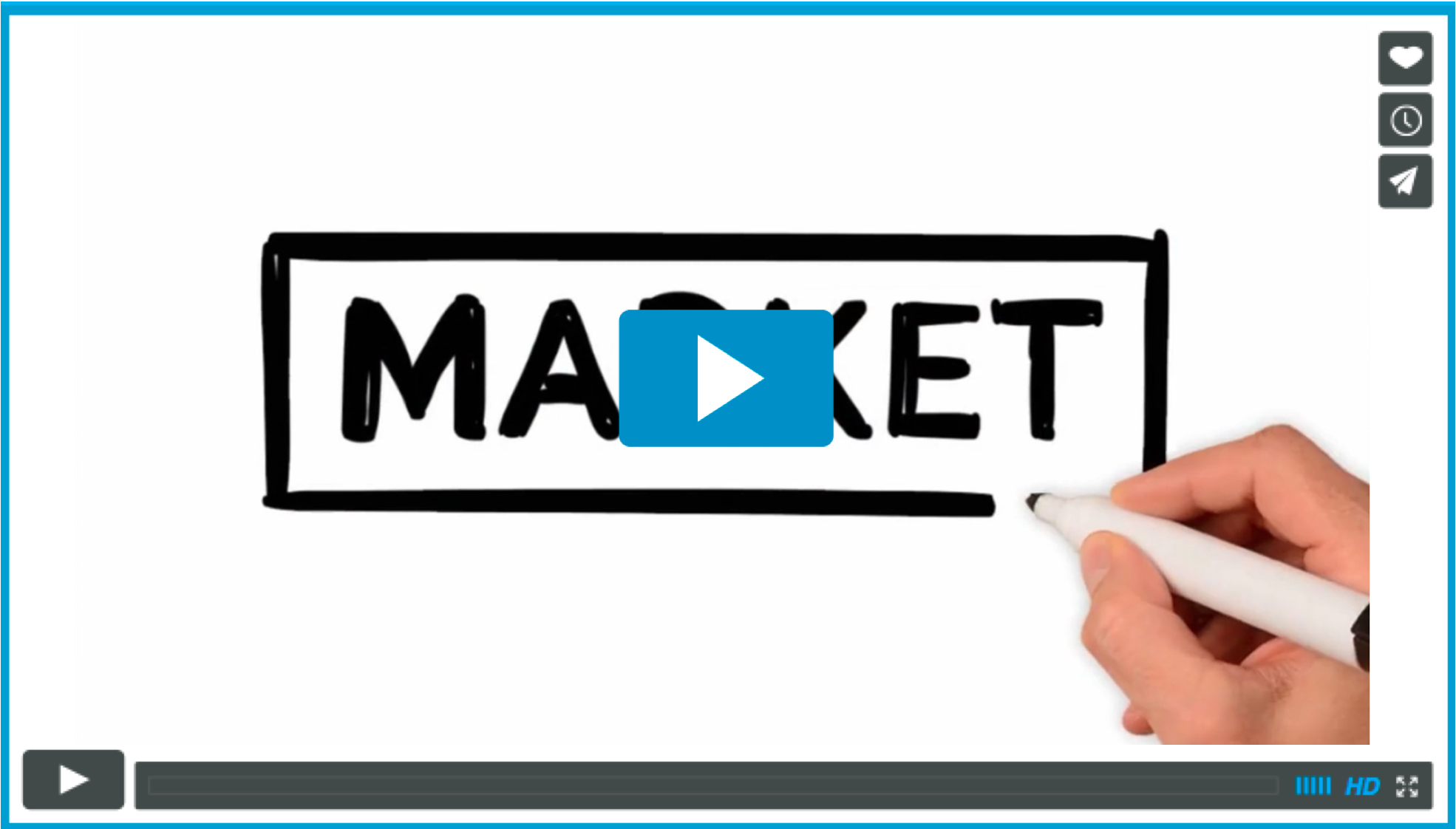It’s that time of year again where the KPCB Internet trends report is released.
More commonly referred to as Mary Meeker’s report it is now in its 22nd year and serves as an annual report of the tech companies, start up’s and everyone in between, outlining what the key trends and insights are for the year.
I thought last years was in depth but this years is truly is a beast of a report at 355 pages (up 100 pages on last year).
Don’t worry you don’t have to read it, there is no test on it and we’re going to feast on it over the next few weeks and give you the cliff notes. For those that are that way inclined here is the full deck.
So here is my summary of summaries
- Smartphone growth is finally slowing with only 3% year on year growth. While most boardrooms and hipster developers have IOS the relative market shares are ~75% Android and 20%IOS (pg 5,7)
- Your right to be worried how long you think people are bent over looking at their device, the average time for an adult per day is 5.6 hours on digital media with 3.1hours on mobile, including 51 minutes on Facebook (pg 9, 114)
- Advertising is changing, and if you use the maxim advertising follows audience, mobile still isn’t getting it’s share of advertising dollars and that will come at the expense of print. And by the end of the year digital will overtake TV as the latest advertising category. And like previous years the majority of the digital growth is going to Google and Facebook (pg 13,14)
- Voice search (Siri, Alexa, Ok Google) is now at 95% accuracy, this is the magic number that it becomes truly useful and mainstream (pg 48)
- Customers are expecting customer service through social media channels, your customers are on these platforms and comfortable using them, so you need to be there. (pg 63)
- E-commerce, E-commerce, E-commerce;
- Parcel volumes are up 9% year on year (pg 65), and retail sales are up 15% (pg 76)
- Last year saw more retail store (bricks and mortar) closings than at any other time in the past 20 years (pg 72)
- I love this quote: I don’t think retail is dead. Mediocre retail experiences are dead. – Neil Blumenthal, Co-CEO @ Warby Parker, (Pg 73)
- For the Kiwi’s and Aussies: you better get ready Amazon is coming
- Gaming, that little thing that was the exclusive domain of comic book guy is now very much mainstream with 2.6billion gamers (up from 100m in 1995) (pg 81)
- While yet to really take of in NZ Fantasy sports (eg Dreamteam), now reaches 25% of the US adult population
- My friend media, oh dear my poor old friend media
- Sky isn’t the only one under pressure, the main reasons for churn and cord cutting are how expensive the service is and alternative streaming options (Netflix, Amazon etc). Mix this with costs increasing at 2x rates leaves a pretty tough picture (pg 154, 173)
- Netflix, is now the fifth biggest ‘TV’ network in the US (based on minutes watched), and has 35% of all desktop streaming video (pg 160,166)
- Youtube is still the biggest mobile streaming site, however Facebook and Insta now match them (pg 165)
- There is another big section on healthcare and how this industry is at an inflection point and it is going to rapidly change in the coming years with growth of digital measurement devices and wearables. If you assume that wearables follows the same moores law trend as other internet businesses, 25% of the population could have a connected health device in under 5 years (page 311). I’m doing my bit with my new purchase . I also like this slide that shows just how the digitization of healthcare is a virtuous cycle.
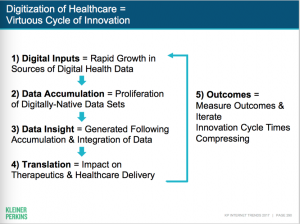
- A couple of areas that I won’t explore in detail but worth watching, China is growing as a tech rival to the U.S. (pg 193-231) and in India (pg 232-267) is a really interesting battle ground with fierce competition)
- Ok – so there are actually 11 takeaways. Finally, for those of you that have been to one of Rod’s presentations you will know this – tech companies are the 5 biggest companies (by market capitalisation) and are now 40% of the top 20 companies (pg 324).
- Alright, then one more. This is a small trend in the report but a big trend we are seeing with our customers. There is a move from top down purchases of perpetual license software delivered on premise to bottom up, cloud-based subscription purchases. Which in English means gone are big IT lead enterprise-wide mega software purchases to user lead subscription models. (pg 187).
- And this is definitely the final one: If you didn’t know this already you will know it now UX and design is becoming increasingly important with the big tech Co’s increasing the ratio of designers to developers.
If you want to discuss the impacts these and other trends will have on your business or more importantly how to maximise them, we are happy to have a chat.
KS
